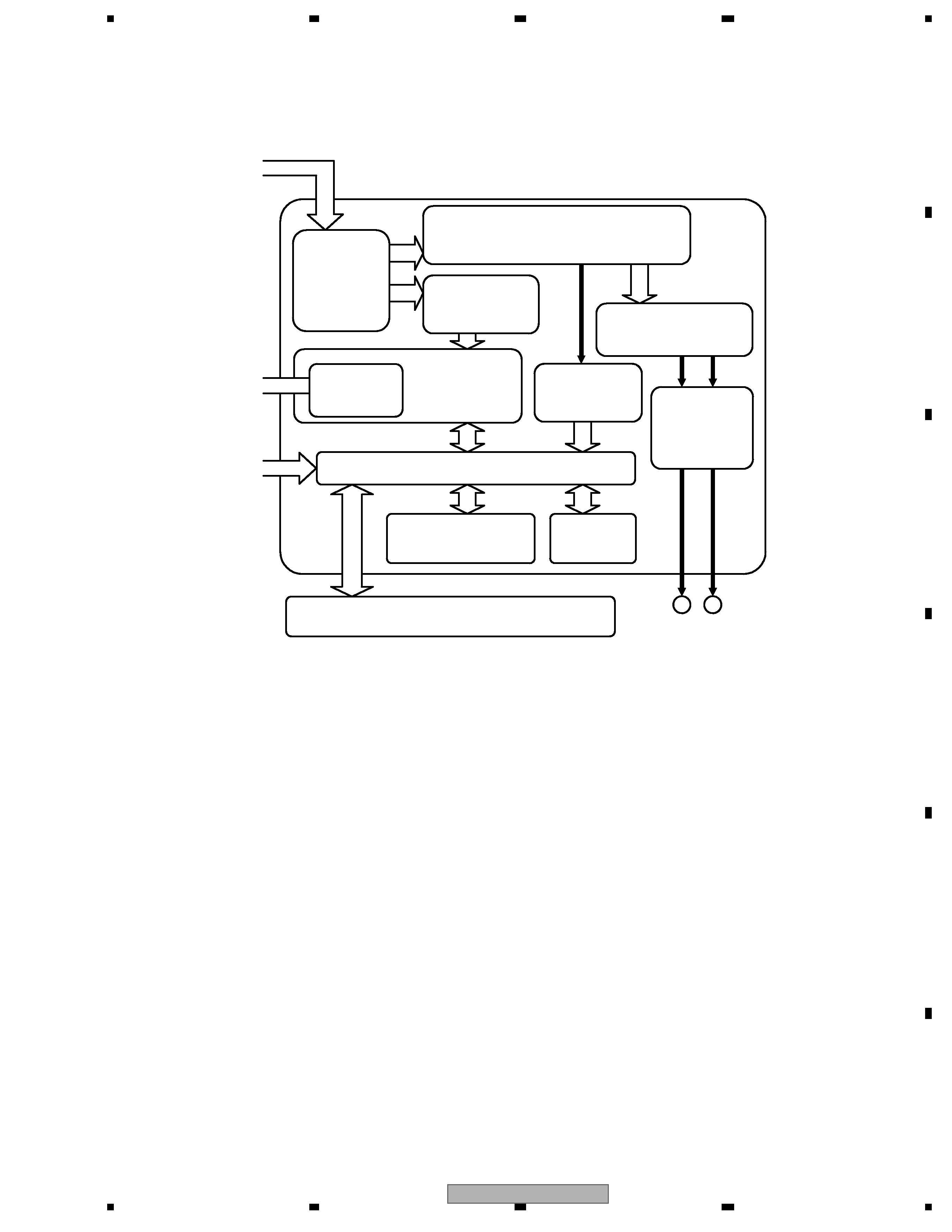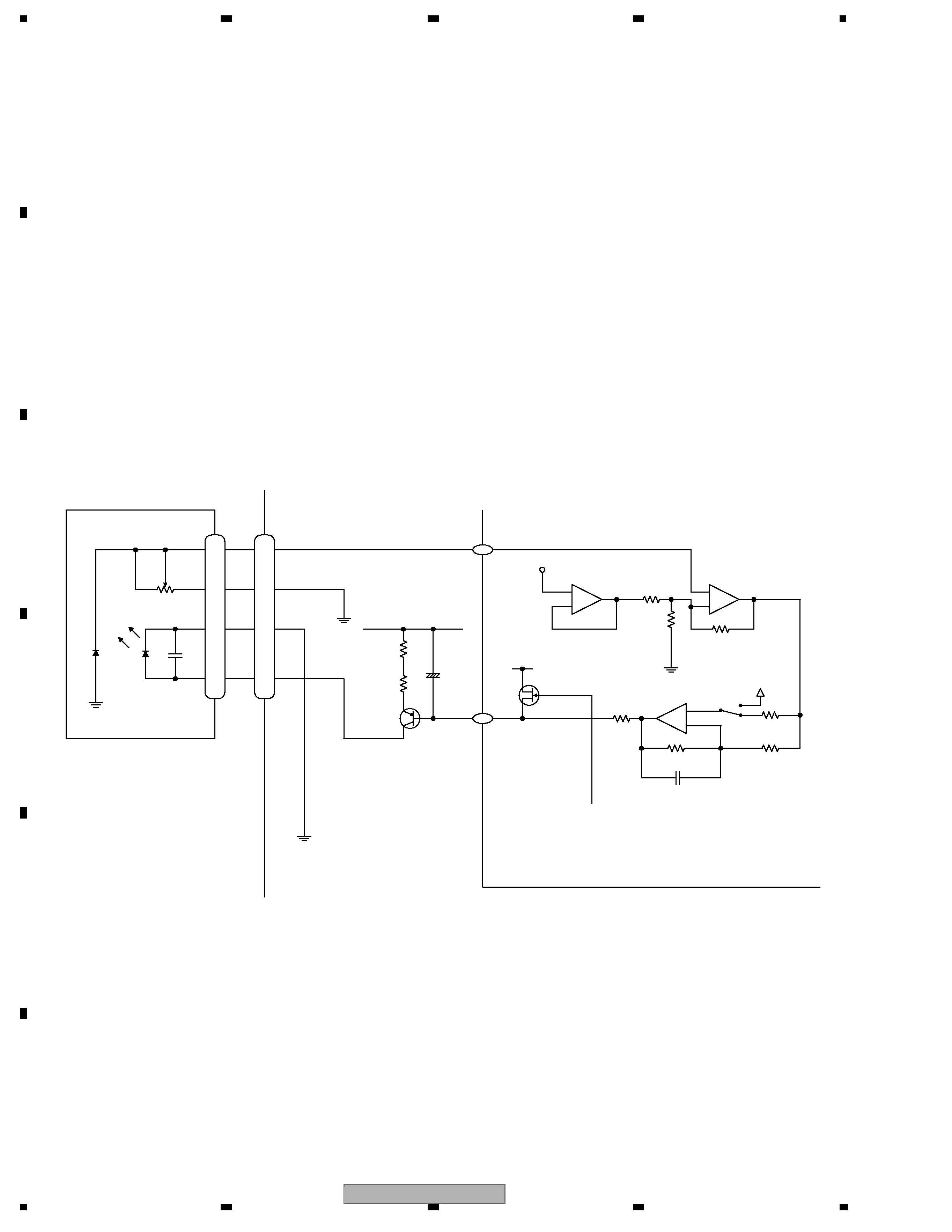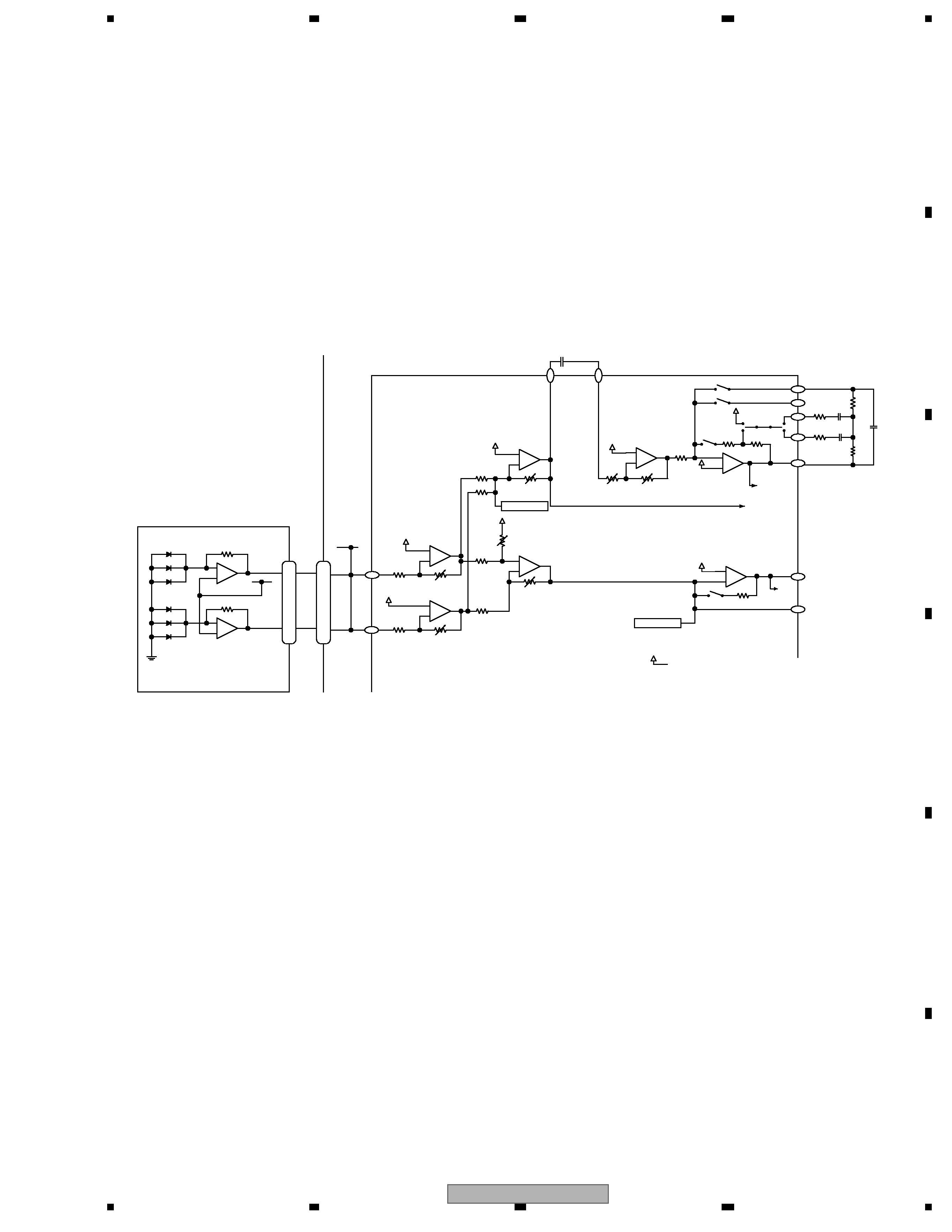
ORDER NO.
PIONEER CORPORATION 4-1, Meguro 1-chome, Meguro-ku, Tokyo 153-8654, Japan
PIONEER ELECTRONICS (USA) INC. P.O. Box 1760, Long Beach, CA 90801-1760, U.S.A.
PIONEER EUROPE NV Haven 1087, Keetberglaan 1, 9120 Melsele, Belgium
PIONEER ELECTRONICS ASIACENTRE PTE. LTD. 253 Alexandra Road, #04-01, Singapore 159936
PIONEER CORPORATION 2005
CRT3582
CD MECHANISM MODULE(S10.5STD)
CX-3166
Model
Service Manual
CD Mechanism Module
DEH-1850/XN/ES
CRT3552
CXK5701
CXK5701
DEH-1800R/XN/EW
DEH-1820R/XN/EW
CRT3553
This service manual describes the operation of the CD mechanism module incorporated
in models listed in the table below.
When performing repairs use this manual together with the specific manual for model
under repair.
K-ZZA. OCT. 2005 Printed in Japan

CX-3166
2
12
34
12
3
4
C
D
F
A
B
E
CONTENTS
1. CIRCUIT DESCRIPTIONS ............................................................................................................................... 3
2. MECHANISM DESCRIPTIONS ...................................................................................................................... 20
3. DISASSEMBLY ............................................................................................................................................... 22

CX-3166
3
56
7
8
56
7
8
C
D
F
A
B
E
1. CIRCUIT DESCRIPTIONS
A-F Signal
1-bit Audio
DAC
A/D
Converter
Digital
Servo
CPU Interface
CPU
CPU for System Control
RAM
Sub-Q,
CD-TEXT
Post
filter
(SCF)
RF-Amp
PE5497B
Analog Output
PWM
Output
Data
Processor
The recent mainstay of the CD LSI is the LSI integrating the core DSP with DAC or RF amplifier, which are generally
employed as peripheral circuits, however, PE5497B, used in this product, is an LSI integrating the afore-mentioned LSI
unit and microcomputer unit in one chip.
Fig.1.0.1 Block diagram of PE5497B

CX-3166
4
12
34
12
3
4
C
D
F
A
B
E
6.5k
+
-
1k
100k
+
-
6.5k
100k
+
-
110k
1k
REG 1.25V
Vref
3p
1
PD
LD
PE5497B
2
+
5
7
15
5
7
15
14
14
CD CORE UNIT
2R4
×
2
2SA1577
100/16
LD-
LD+
MD
VR
LDS
APN
2R7
Pickup Unit
VDD(+ 3.3 V)
1.1 PREAMPLIFIER BLOCK (PE5497B: IC201)
In the preamplifier block, the pickup output signals are processed to generate signals that are used in the subsequent
blocks: servo, demodulator, and control blocks. Signals from the pickup are I/V converted in the pickup with the
preamplifier with built-in photo detectors, and after added with the RF amplifier, they are used to produce such signals as
RF, FE, TE, and TE zero-cross signals. The preamplifier block is built in CD LSI PE5497B (IC201), whose parts are
described individually below. Incidentally, as this LSI employs a single power supply (+ 3.3 V) specification, the reference
voltages of this LSI and the pickup are the REFO (1.65 V) for both. The REFO is an output obtained from REFOUT in the
LSI via the buffer amplifier, and is output from the pin 93 of this LSI. All measurements will be performed with this REFO
as the reference.
Caution: Be careful not to short-circuit the REFO and GND when measuring.
1.1.1 APC (Automatic Power Control) circuit
Since laser diodes have extremely negative temperature characteristics in optical output when driven in constant current,
it is necessary to control the current with the monitor diodes in order to keep the output constant. This is the feature of the
APC circuit. The LD current is obtained by measuring the voltage between LD1 and VDD(+ 3.3 V), and divide the value by
7.5 (ohms), which becomes about 30 mA.
Fig.1.1.1 APC

CX-3166
5
56
7
8
56
7
8
C
D
F
A
B
E
13
6
A+C
B+C
VREF
13
6
10k
8.8k
10k
8.8k
61.0k
61.0k
111k
R2
15.2k
15.2k
35k
20k
11.2k
7.05k
10k
10k
89
90
85
83
84
79
95
94
RFOFF setup
FEOFF setup
VREF
VREF
A
B
RFO
AGCI
RF2-
RF-
EQ2
EQ1
AGCO
FEO
FE-
FE A/D
81
82
+
-
+
-
+
-
+
-
+
-
+
-
-
+
P3
P7
P9
P2
P4
P8
Pickup Unit
CD CORE UNIT
PE5497B
4.7k
5.6k
1.2k
1.2k
22p
56p
4p
86
For RFOK generation
To DEFECT/A3T detection
1.1.2 RF and RFAGC amplifiers
The output from the photo-detector (A + C) and (B + D) is provided from the RFO terminal as the RF signal (which can be
used for eye-pattern check), after it is added, amplified, and equalized inside this LSI. The low frequency component of
the voltage RFO is calculated as below.
RFO = (A + B + C + D) x 2
The RFO is used for the FOK generation circuit and RF offset adjustment circuit.
The RFO signal, output from the pin 82, is A/C-coupled externally, input to the pin 81, and amplified in the RFAGC
amplifier to obtain the RFAGC signal.
Also, this LSI is equipped with the RFAGC auto-adjustment function, explained below, which switches feedback gains of
the RFAGC amplifier so that the RFO output will be 1.5 V.
This RFO signal is also used for the EFM, DFCT, MIRR, and RFAGC auto-adjustment circuits.
Fig.1.1.2 RF/AGC/FE
